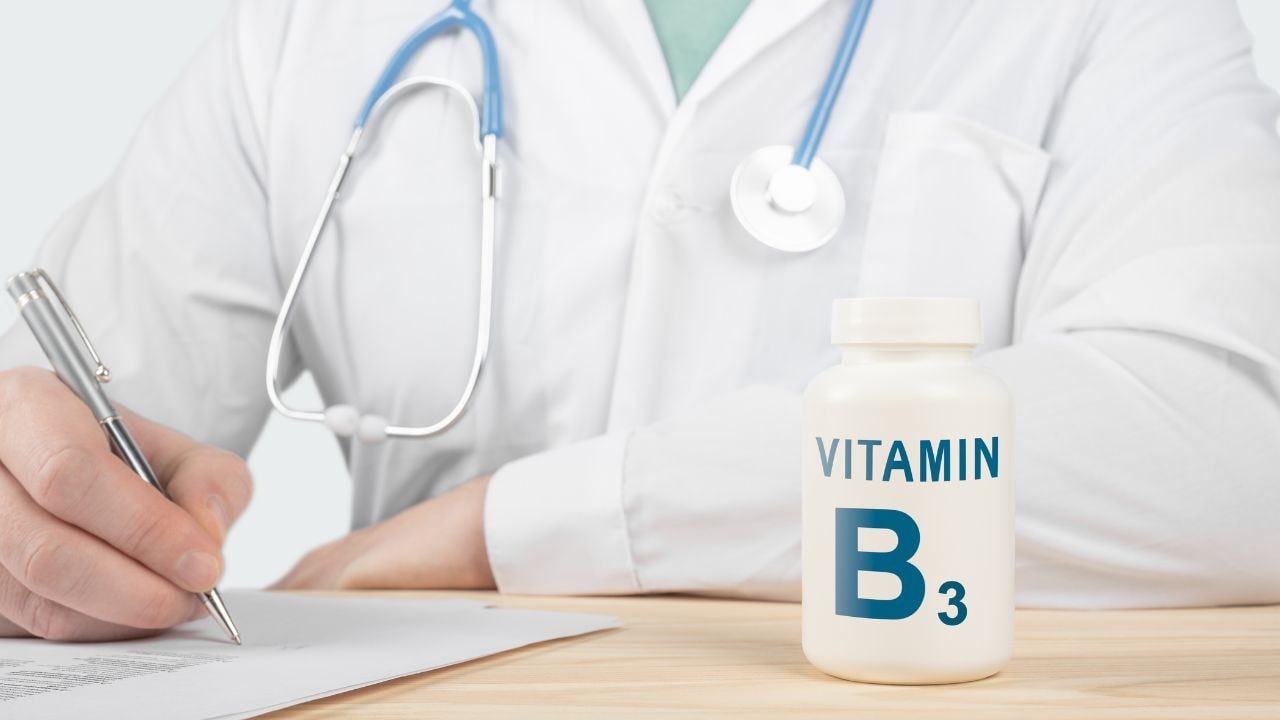The Recall Crisis
The recent recalls of several major sunscreen brands stem from tests revealing inaccurate SPF claims. This implies that products did not provide the level
of protection indicated on their labels. The findings raised alarms about whether consumers received the protection they expected. This has prompted regulatory bodies to take action, including launching investigations and ordering product recalls. The discrepancies in SPF values raise questions about the accuracy of testing methods, production quality control, and the standards that manufacturers adhere to. These recalls underscored the importance of accurate labeling and the potential impact of misleading information on public health. The situation underscores the need for stricter regulations and increased vigilance in the manufacturing and testing of sunscreen products to ensure consumer safety. These recalls serve as a cautionary tale, stressing the need for enhanced product testing and the enforcement of stringent industry standards.
Reasons Behind Failures
Several factors can contribute to sunscreen product failures. These include issues in manufacturing, where active ingredients may not be blended uniformly, leading to inconsistent SPF values. Inadequate testing methods can also lead to inaccurate results, particularly if the testing procedures are not robust enough or follow the latest guidelines. Another factor is the improper use of sunscreen ingredients. Formulations could degrade over time or when exposed to certain conditions like high temperatures or prolonged sunlight. Additionally, inaccurate labeling and false advertising play a role. Manufacturers may overstate their products' SPF to attract customers. These combined issues lead to potentially harmful scenarios for the consumers. Proper manufacturing and testing practices are essential. This ensures the accuracy of SPF claims and safeguards consumers from sun-related health risks.
Impact on Consumers
The sunscreen recalls have significant consequences for consumers. People rely on these products to shield themselves from harmful UV rays and protect against skin cancer and sunburns. If a product does not provide the SPF it claims, users may experience sunburns, increasing their risk of long-term skin damage. The credibility of SPF ratings is diminished due to the recalls. Consumers might become skeptical about other sunscreen products and may lack confidence in the safety of their current sun protection methods. Public health officials and medical professionals are expressing concerns, as they fear an increase in sun-related health problems if consumers are not adequately protected. The situation has also created confusion. The consumers may be unsure about which products to trust. Therefore, it's vital to raise awareness of reliable sunscreen options, to foster a culture of sun safety, and to establish consumer trust in the market.
Regulatory Actions
Regulatory bodies have responded to the sunscreen issues with a variety of actions. Investigations were launched to determine the extent of the problem and identify the brands and products involved. In response, the companies had to recall their products to prevent further consumer exposure. Regulatory agencies are stepping up their oversight and inspection efforts to ensure compliance with labeling requirements. These bodies are also enhancing testing standards and methodologies. The intent is to prevent future incidents. Additionally, there's a push to increase consumer awareness. This helps people make informed decisions about their sun protection. By taking these steps, regulators seek to restore public confidence. They also want to reinforce the importance of accurate SPF labeling and consumer protection.
Choosing Sunscreen Wisely
Consumers can take proactive steps to ensure they are choosing effective sunscreen. Begin by checking product labels for the correct SPF value, ensuring it is suitable for your skin type and the amount of sun exposure. Research brands and select products from reputable companies. Look for certifications from trusted organizations, which can indicate that the products have been independently tested. Read consumer reviews to gain insights into the performance and reliability of the sunscreen. Apply sunscreen generously and frequently, as directed, to maintain its effectiveness. Consider the specific formulation. Broad-spectrum sunscreens protect against both UVA and UVB rays, making them a superior choice. By being informed and selective, you can select sunscreens that deliver the claimed level of protection and are safe for your skin.
Moving Forward
Looking ahead, the sunscreen industry must focus on improved quality control, more stringent testing protocols, and greater transparency. Manufacturers need to ensure that they accurately test and label their products. Regulatory bodies need to reinforce enforcement and standards. Consumers should become more involved in the process. They must stay well-informed to make the best choices. This will help people protect themselves from sun damage. Increased collaboration between regulators, manufacturers, and consumer advocacy groups is also essential. It ensures that sunscreen products offer the protection they claim. Continuous monitoring and independent testing will be necessary to detect future issues quickly. By taking these steps, the industry can regain consumer trust and ensure that sunscreen continues to be an effective tool for sun safety.


